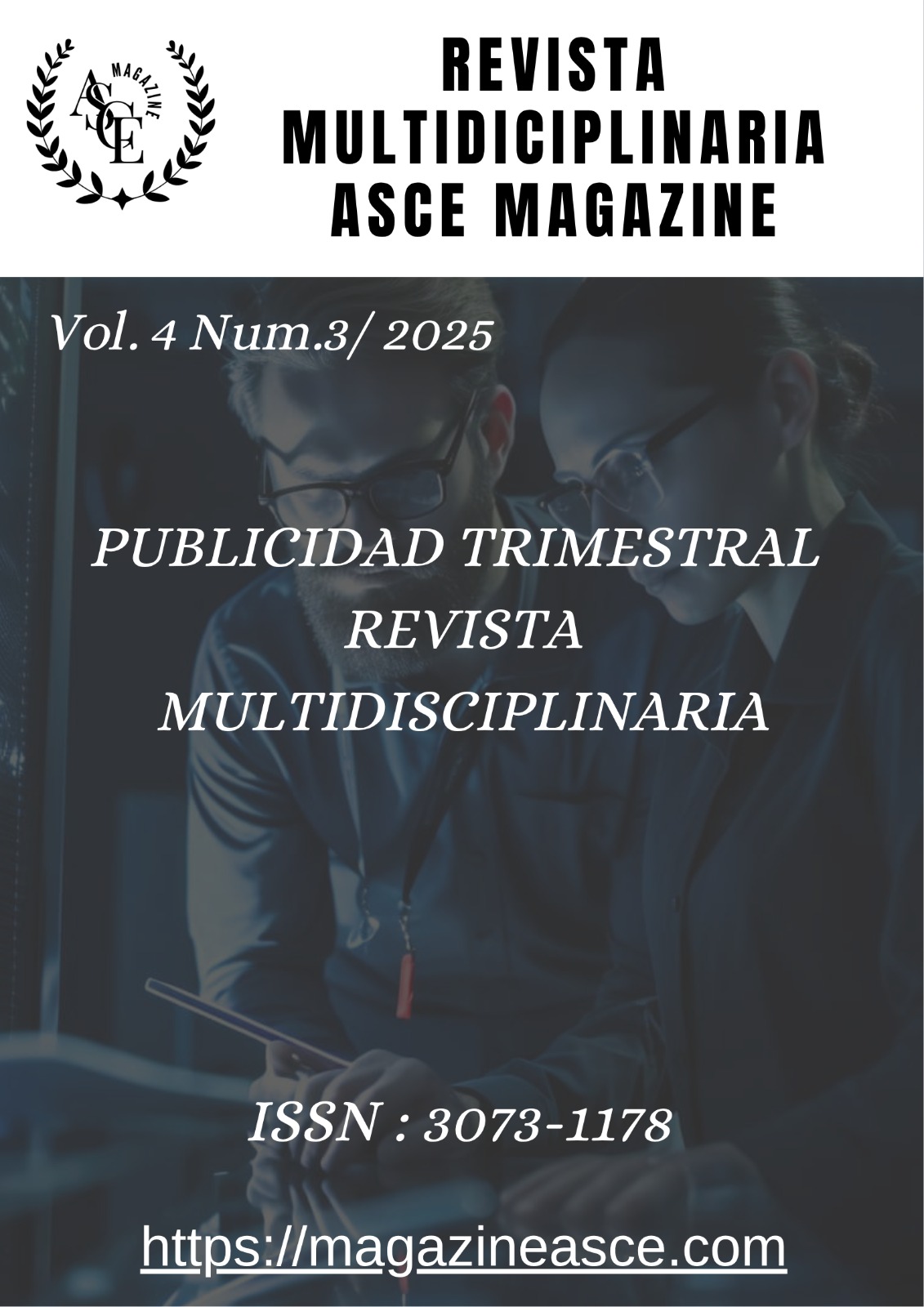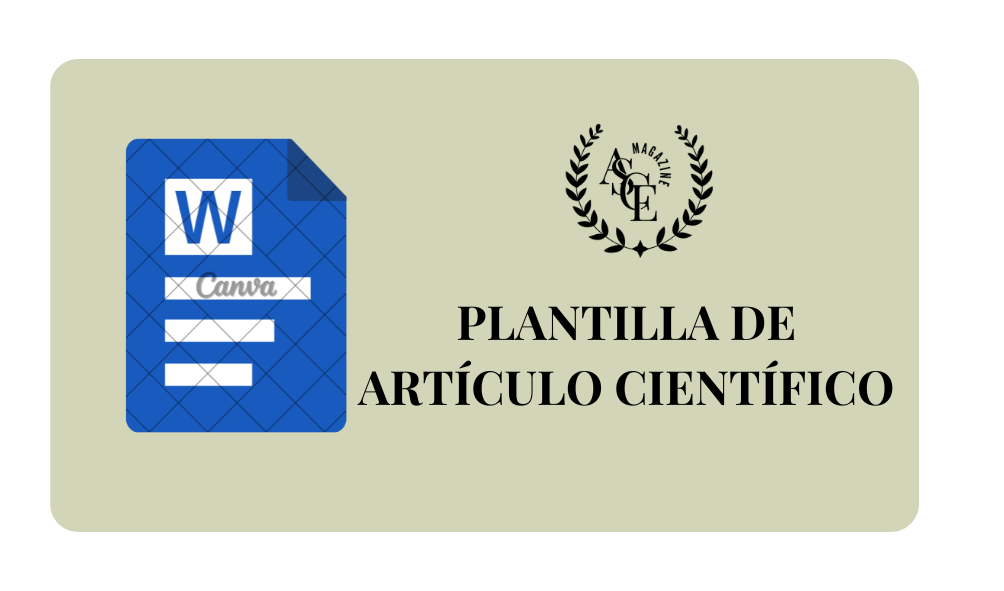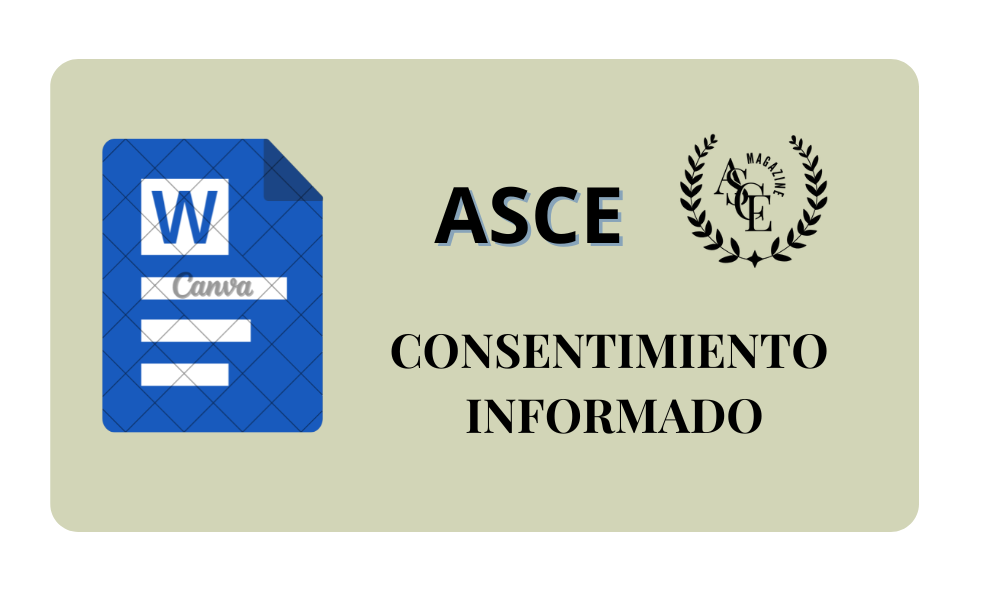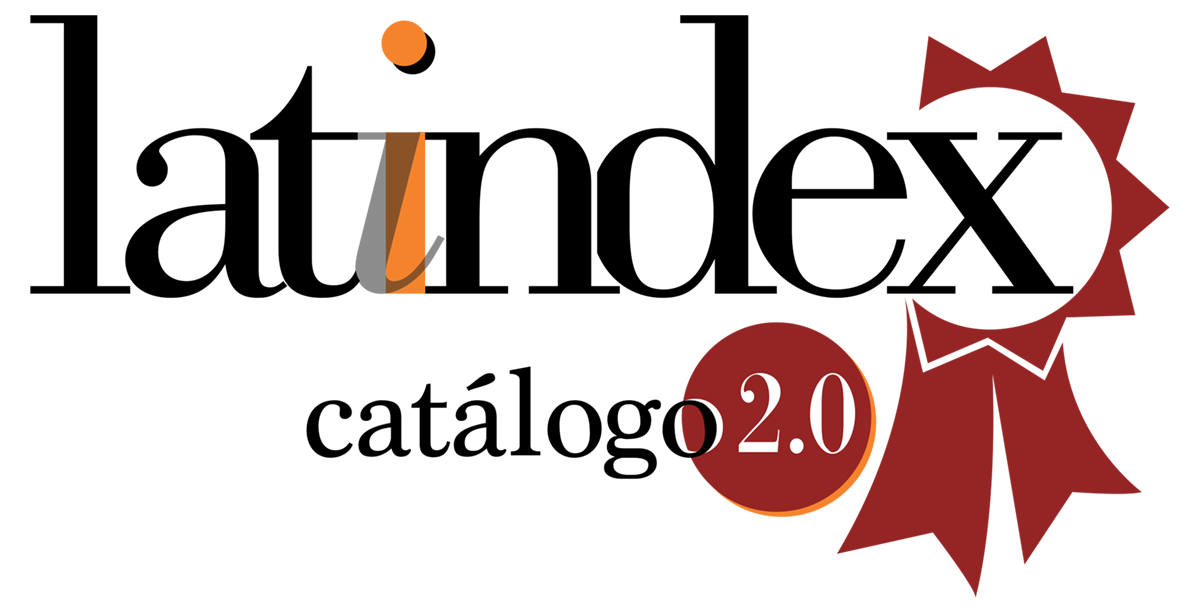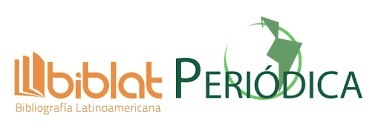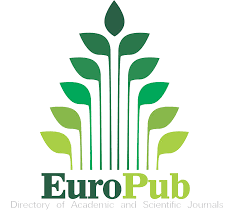" Determinación de propiedades físico-químicas y organolépticas de diversas formulaciones de una bebida alcohólica preparada con corteza de limón "
DOI:
https://doi.org/10.70577/ASCE/2311.2342/2025Palabras clave:
Corteza de Limón; Maceración; Formulación; Licor; Diseño Experimental; Propiedades Físico-Químicas; Propiedades Organolépticas.Resumen
La presente investigación se fundamentó en el empleo de la cáscara de limones de varias clases para producir licor artesanal a través del procedimiento de maceración. Con la asistencia de un diseño totalmente aleatorio 3x3x2 factores, se llevaron a cabo 18 formulaciones distintas del licor, fusionando los siguientes componentes de fabricación: Aguardiente de caña con una graduación de alcohol 50, 30 y 15% V/V, diferentes tipos de limón: Limón sutil (Citrus aurantifolia Swingle), Lima limón (Citrus aurantifolia) y Limón mandarina (Citrus taitensis Risso), y dos proporciones de azúcar 70 y 35g. Se determinaron las propiedades físico-químicas para cada formulación tales como: Porcentaje de alcohol, ºBrix, Densidad Relativa, Turbidez, Acidez, pH, Color; las cuales fueron comparadas con las propiedades físico-químicos de un licor comercial del mismo tipo el cual fue tomado como estándar. El programa Infostat fue el que se empleó para realizar el análisis estadístico. La formulación de licor base 50% de alcohol*Limón Mandarina*70 gramos de azúcar fue la combinación que más se aproximó a satisfacer las propiedades del estándar, lo cual constituyó el resultado más importante. Asimismo, se establecieron sus propiedades organolépticas (sabor, aroma y color) a través de encuestas y degustaciones realizadas por alumnos de la Facultad de Ciencias de la ESPOCH. La fórmula que fue más aceptada fue la del licor base 15% de alcohol*Lima limón*70 gramos de azúcar, lo que las convierte en las más adecuadas para ser replicadas en futuros proyectos comerciales. Para concluir la investigación, se elaboró el licor que logró las propiedades físico-químicas y organolépticas más óptimas según el estándar.
Descargas
Citas
Acosta, J., Salinas, R., Martínez, B., Cerdá, A., Ferrández, B., y Núñez, E. (2020). Alimentos de la región de murcia limon. https://www.ucam.edu/sites/default/files/public/catedras/emprendimiento-ambito-agroalimentario/informe-limon.pdf
Bustamante, V. (2023). Modelo Logístico Del Manejo De Postcosecha De Limón Meyer Citrus Meyerii En La Provincia Del Carchi, Cantón Bolívar, En La Comunidad De Pueblo Nuevo. Universidad Técnica Del Norte. https://repositorio.utn.edu.ec/bitstream/123456789/13959/2/03%20EIA%20585%20TRABAJO%20GRADO.pdf
Centeno , M., Salcán , B., y Padilla , F. (2023). Obtención de alcohol etílico mediante fermentación y destilación del jugo de caña de maíz y el empleo en relleno en bombonería. https://doi.org/https://doi.org/10.59169/pentaciencias.v5i6.875 DOI: https://doi.org/10.59169/pentaciencias.v5i6.875
Dining , F. (2022). Tipos de azúcar: cuáles son y cómo usarlos en cocina. https://www.finedininglovers.com/es/noticia/tipos-de-azucar
Herdiana, Y. (2025). Alcohol en productos de consumo diario: riesgos para la salud, consideraciones culturales e impacto económico. https://doi.org/10.2147/RMHP.S495493 DOI: https://doi.org/10.2147/RMHP.S495493
Lamas , Y., de Armas, A., Albernas , Y., y González , E. (2023). Análisis preliminar de la fermentación alcohólica utilizando mezclas de jugo de los filtros, miel final y meladura. http://scielo.sld.cu/scielo.php?script=sci_arttext&pid=S2223-48612023000300035
Mahramco. (2022). Diferencia entre lima y limón. https://mahramco.com/article/difference-between-lime-lemon/?lang=en
Marín, D., y Díaz, J. (2020). Obtención de licores destilados a partir de frutos exóticos nacionales. https://doi.org/https://hdl.handle.net/1992/44744
Moreira, R., Fonfay, F., y Barzola, S. (2021). Frutas tropicales diversidad, procesos y beneficios para la salud. https://sga.uteq.edu.ec/media/evidenciasiv/2022/12/05/evidencia_articulo_202212516427_KLy8lFs.pdf
OMPI. (1986). Producción, Elaboración y Comercialización de Alcoholes Etílicos, Bebidas Alcohólicas y Vinagres. https://wipolex-res.wipo.int/edocs/lexdocs/laws/es/cl/cl018es.pdf?Expires=1757349900&Signature=nHTa4ZYsGNMBGQVpqGXTHDnEBrjhw8lKFUkjF9fdAhjT4Y7JucgEIVENgGLdZZFcusaGWjdKtSzqibXExxpjyTb0Kxjf36vg~p90Q8tTHzSxorzih07EbYYPg-2jEPNddWZAP7gB~5QSVpBPto4M1yJRXFskUtdO
Reshna, K., Sreerag, G., y Balakrishnan, P. (2022). Introducción al sabor y la fragancia en el procesamiento de alimentos. https://doi.org/10.1021/bk-2022-1433.ch001 DOI: https://doi.org/10.1021/bk-2022-1433.ch001
Reyes, G. (2020). Determinación de propiedades físico-químicas y organolépticas de diversas formulaciones de una bebida alcohólica preparada con corteza de limón. https://dspace.espoch.edu.ec:8080/server/api/core/bitstreams/59ac8dac-db6e-4d25-9192-44e76d96d2c4/content
Rodríguez, L. (2020). El proceso de tratamiento de aguas residuales y eliminación de contaminantes emergentes. https://www.iagua.es/blogs/lander-rodriguez-jorge/proceso-tratamiento-aguas-residuales-y-eliminacion-contaminantes
Rosales, C. (2024). Clasificación de Bebidas Alcohólicas. https://es.scribd.com/document/723211990/Clasificacion-de-bebidas-alcoholicas
Simunovic, Y. (1999). Manual De Bebidas Alcoholicas Y Vinagres. https://doi.org/https://www.sag.gob.cl/sites/default/files/MANUAL_BEBIDAS_ALCOHOLICAS.pdf
Valarezo, C., Caicedo, o., Cadena, d., Acivar, L., Rodriguez, A., y Julca, A. (2020). Caracterización de fincas productoras de limón (citrus aurantifolia). http://www.scielo.org.bo/pdf/riiarn/v7n1/v7n1_a12.pdf
Yaguachi, L. (2020). Obtención de licor de pechiche mediante extracción sólido – líquido. https://www.dspace.uce.edu.ec/server/api/core/bitstreams/fce011bb-5778-45d8-a9c1-817ca872ffa7/content
Descargas
Publicado
Cómo citar
Número
Sección
Licencia
Derechos de autor 2025 Geovanna Stephanie Reyes Villacis, Daniel Alejandro Heredia Jara, Daniel Alberto Herrera Albán, Jefferson Ramiro Bautista Jiménez

Esta obra está bajo una licencia internacional Creative Commons Atribución-NoComercial-SinDerivadas 4.0.
Eres libre de:
- Compartir : copiar y redistribuir el material en cualquier medio o formato
- Adaptar : remezclar, transformar y desarrollar el material
- El licenciante no puede revocar estas libertades siempre y cuando usted cumpla con los términos de la licencia.
En los siguientes términos:
- Atribución : Debe otorgar el crédito correspondiente , proporcionar un enlace a la licencia e indicar si se realizaron cambios . Puede hacerlo de cualquier manera razonable, pero no de ninguna manera que sugiera que el licenciante lo respalda a usted o a su uso.
- No comercial : no puede utilizar el material con fines comerciales .
- CompartirIgual — Si remezcla, transforma o construye sobre el material, debe distribuir sus contribuciones bajo la misma licencia que el original.
- Sin restricciones adicionales : no puede aplicar términos legales ni medidas tecnológicas que restrinjan legalmente a otros hacer algo que la licencia permite.

